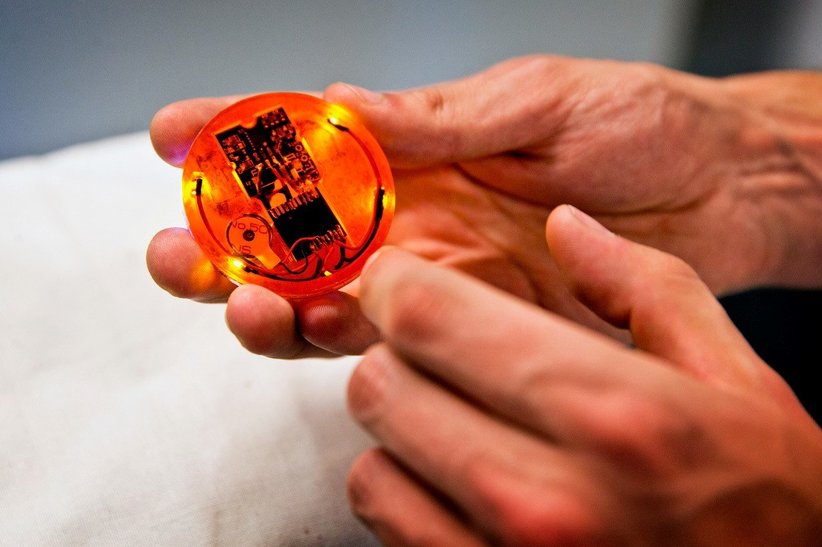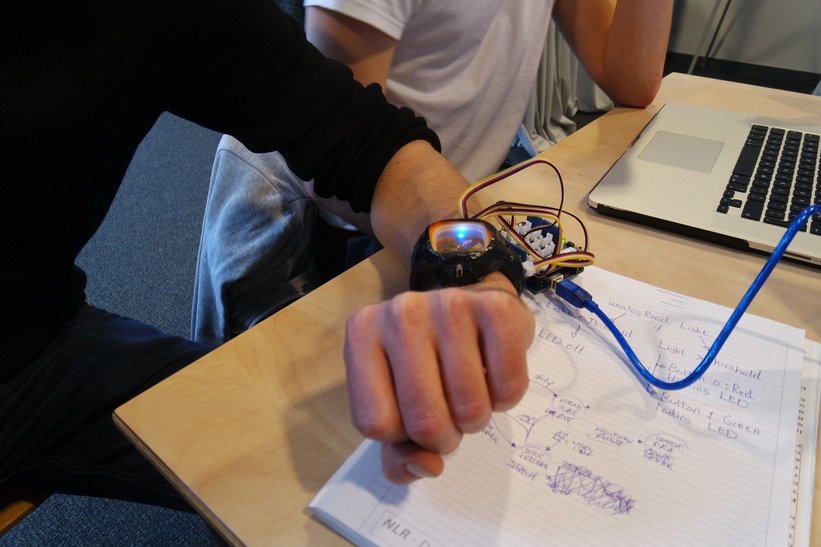Digital Interfaces
Technology is a hungry beast, fed by more and more products becoming technology enabled and connected over time. The interface of product service systems is where humans and machines (or technology) meet by interacting. By understanding human-computer interaction, designers can mediate the user experience and find solutions to challenges both great and small.
Interactive product-service systems are found everywhere in daily life. This course provides an understanding of what goes on inside these devices and what it takes to design them.
Along with the rise of technology enabled products, our environments are also becoming interactive. Future designers must understand what that means and how to make it possible for technologies embedded in our environment to work together.
Explore the human experience, principles of human motivation and behaviour. Study the dynamic qualities of interaction and giving form to a design. Understand technologies like sensors, actuators and microcontrollers. Discover how programming can orchestrate sensing and feedback for human computer interaction.
Build knowledge through theory, which can be used to shape the behaviour of interactive devices. Apply this in Design Project 2 as you prototype the user experience of product service systems.
And as we look towards technology for solutions to societal challenges, gain an understanding of how designers can craft human and machine collaboration to make the world a better place.
Course Coordinator's perspective
“Interaction can be initiated by humans or by machines. How the interaction unfolds over time will determine how humans attribute meaning to the service the product can deliver. It makes me proud to take part in the education that builds confidence in the students in order for them to design beautiful, meaningful product-service interactions in the future.”
Aadjan van der Helm




